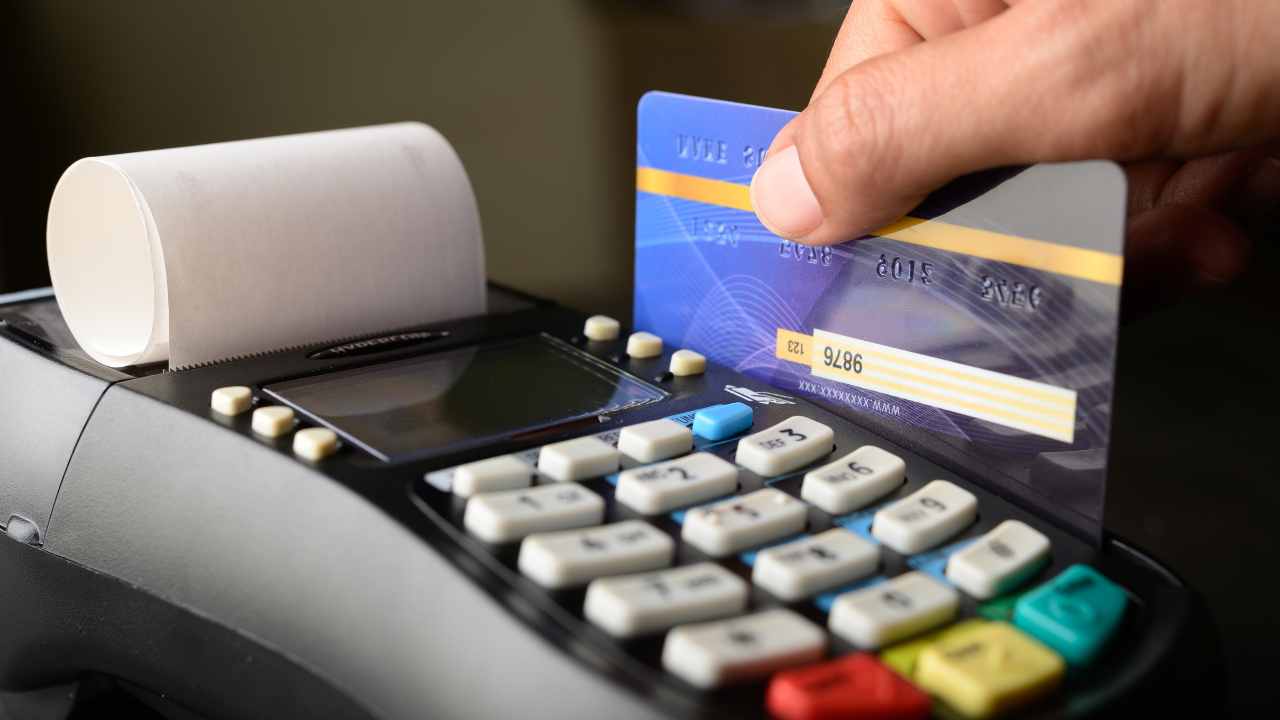In a globalized economy where borders are increasingly blurred by digital transactions and international trade, mastering the art of Dollar buy-sell transactions is a skill that can yield significant benefits. Whether you’re a business owner engaging in cross-border commerce, an investor diversifying your portfolio, or simply an individual looking to exchange currencies efficiently, understanding the dynamics of dollar transactions can be essential. In this article, we’ll delve into the intricacies of dollar buy-sell transactions, exploring strategies to optimize your exchanges and mitigate risks.
Understanding Dollar Transactions:
Dollar transactions, also known as foreign exchange transactions or forex trading, involve the buying and selling of currencies, with the US dollar (USD) being the most widely traded currency in the world. These transactions occur in the forex market, which operates 24 hours a day, five days a week, across different financial centers globally.
Factors Influencing Exchange Rates:
Several factors influence exchange rates, including economic indicators, geopolitical events, central bank policies, and market sentiment. Understanding these factors and their impact on currency values is crucial for making informed decisions in dollar buy-sell transactions.
Timing and Market Analysis:
Timing plays a critical role in dollar transactions. Traders often rely on technical and fundamental analysis to identify favorable entry and exit points. Technical analysis involves studying historical price data and patterns to predict future price movements, while fundamental analysis focuses on economic indicators and news events that can affect currency values.
Adherence to Regulations:
In the forex market, regulatory compliance is essential to ensure transparency and integrity. Traders and financial institutions must adhere to regulatory guidelines and reporting requirements set forth by relevant authorities. Failure to comply with these regulations can result in legal consequences and reputational damage.
Hedging Strategies:
For businesses engaged in international trade, currency fluctuations can pose significant risks to profitability. Hedging strategies, such as forward contracts and options, can help mitigate these risks by locking in exchange rates for future transactions. By hedging against adverse currency movements, businesses can protect their bottom line and maintain price stability.
Leveraging Financial Instruments:
Retail investors and speculators often use financial instruments such as futures and contracts for difference (CFDs) to speculate on currency movements. These instruments allow traders to profit from both upward and downward price movements in the forex market, providing opportunities for diversification and portfolio growth.
Risk Management:
Like any investment, dollar transactions carry inherent risks. Market volatility, geopolitical instability, and unexpected events can lead to sudden fluctuations in exchange rates. Implementing risk management strategies, such as setting stop-loss orders and diversifying currency holdings, can help mitigate these risks and protect capital.
Regulatory Compliance:
In the forex market, regulatory compliance is essential to ensure transparency and integrity. Traders and financial institutions must adhere to regulatory guidelines and reporting requirements set forth by relevant authorities. Failure to comply with these regulations can result in legal consequences and reputational damage.
Technology and Automation:
Advancements in technology have transformed the forex market, making it more accessible and efficient than ever before. Online trading platforms and automated algorithms enable traders to execute transactions quickly and accurately, while algorithms based on artificial intelligence (AI) can analyze market data and identify trading opportunities in real-time.
Conclusion:
Mastering the art of dollar buy-sell transactions requires a combination of knowledge, skills, and experience. By understanding the factors influencing exchange rates, employing effective timing and analysis techniques, implementing risk management strategies, and leveraging technology, individuals and businesses can navigate the forex market with confidence and achieve their financial objectives. Whether you’re a seasoned trader or a novice investor, continuous learning and adaptation are key to success in this dynamic and ever-evolving marketplace.
In summary, Dollar buy-sell transactions represent a fundamental aspect of global finance, facilitating trade, investment, and economic growth across borders. By mastering the art of currency trading, individuals and businesses can unlock a world of opportunities and maximize their potential for success in the international marketplace.




